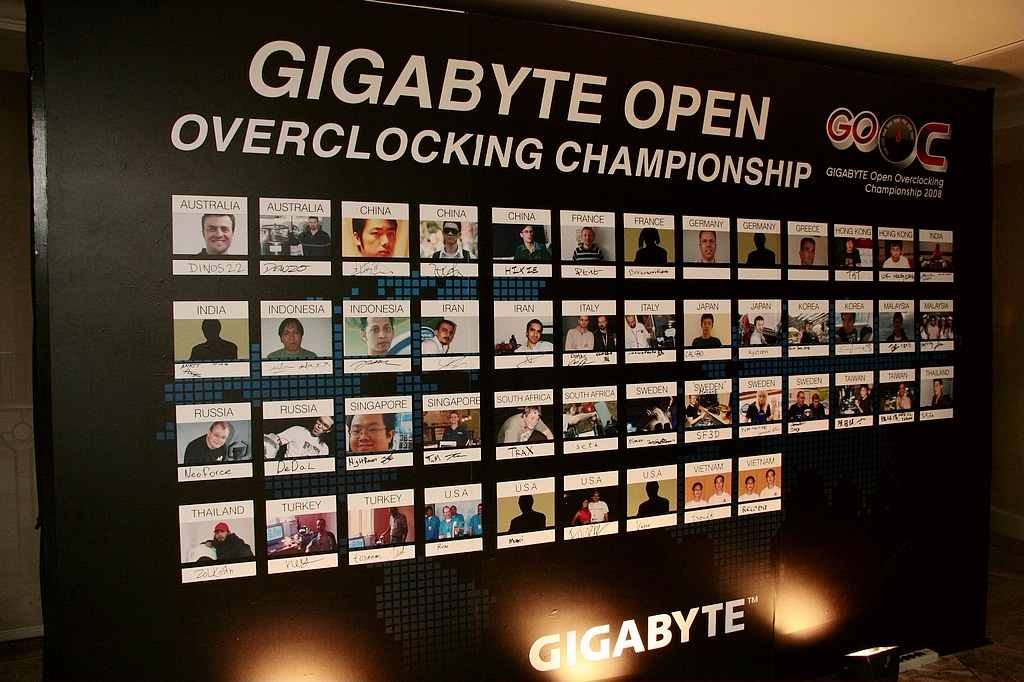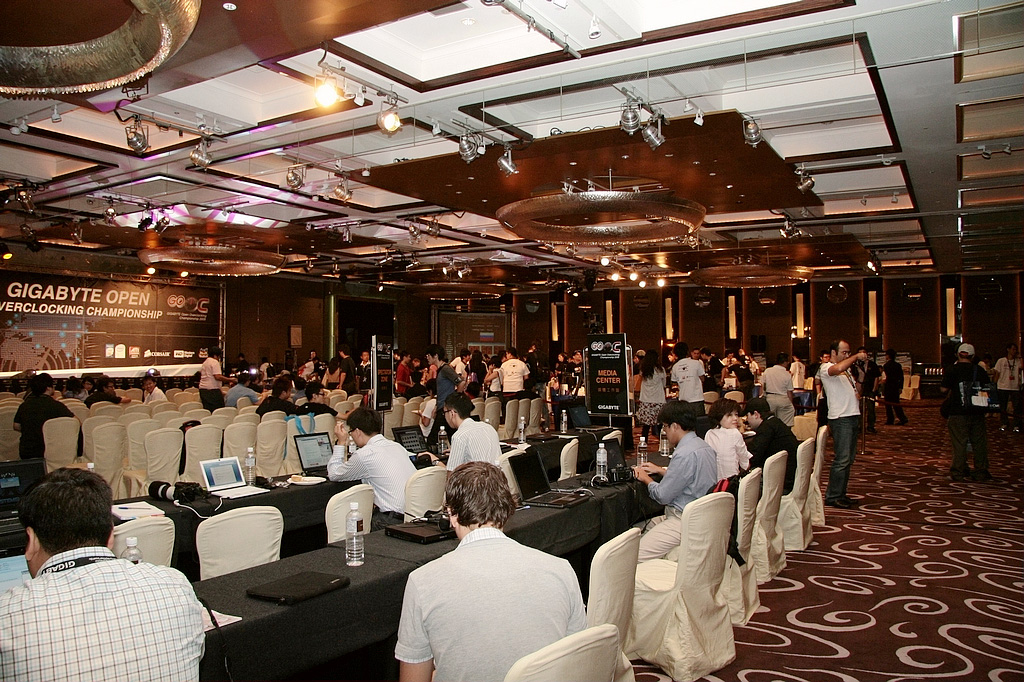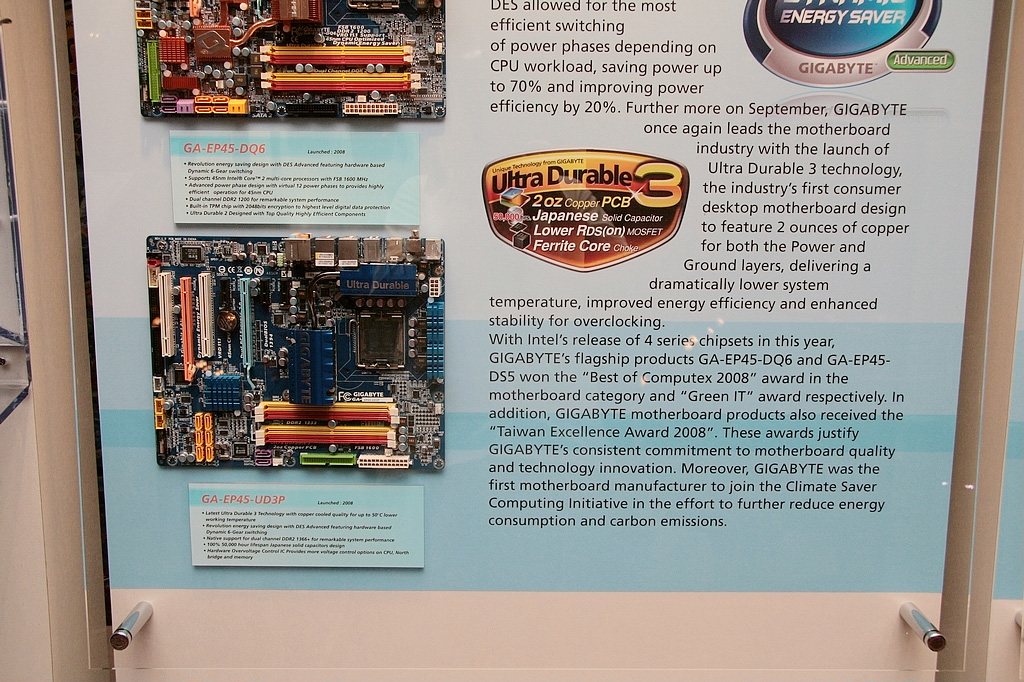Event: Gigabyte's Global Overclocking Finals
23 Teams and 20 Countries Duke It Out
There’s a good chance that you already knew Gigabyte has been hosting overclocking events all over the world. After all, we wrote about one of the local events in this story. In short, the company was recruiting top overclockers to participate in its Overclocking Competition Global Finals.
After winning the regional qualifying events that were held internationally, 23 teams from 20 countries, including Taiwan, Hong Kong, China, France, Germany, the United States, Japan, South Korea, Sweden and Singapore—gathered together on September 25th at the prestigious Grand Hyatt Hotel in Taipei to participate in the culmination of Gigabyte’s efforts, which we’ll call the GOOC from here on out.
As you’ll see from our photo-documentation of the event, Gigabyte sunk a considerable investment into the GOOC, hopefully increasing the prestige of high-end overclocking. The company invited Intel, AMD, Corsair, ViewSonic and Western Digital to participate in the event as well. The total competition was 10 hours long and divided into two phases : Battle for the Best P45 OC and Overclocking Record Challenge Competition. The former requires contestants to do battle using a specific combination of hardware and software, which was provided by the sponsors. The winning team won not only a trophy, but also a cash reward of up to $5,000. The second phase was a freestyle competition, allowing any Intel CPU with any Gigabyte motherboard and AMD graphics card. The contestant who broke the most world records within two hours would win the competition (more detailed competition rules can be referenced from Gigabyte’s competition Web site). In addition, Gigabyte posted each team’s overclocking results to the same site during the event, letting guests put their bets on who would win the event.
A Layout Of The Battleground
Before covering the event itself, we familiarized ourselves with the layout of Gigabyte’s competition floor. The Hall of Fame autographs left by participants of the 23 teams can be viewed from the outside, while the entire banquet hall is very spacious. The contest area was divided roughly into an activity stage, overclocking competition area, media area, visitor’s cheering area, co-sponsors exhibit area, and Gigabyte’s own exhibit area.
There were four trophies for competition winners exhibited in front of the activity stage, one of which was won by the team placing first in the Overclocking Record Challenge Competition event. Next to the trophies were 23 ballot boxes, into which visitors put their votes prior to the competition to forecast which team would win during the four overclocking events of Battle for the Best P45 OC. After the results from each competition were announced, an official would draw out a lucky overclocker to win the prize from the ballot box representing the winning team.
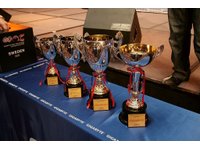
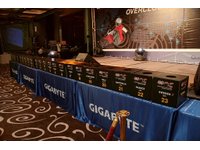
The overclockers had already entered the overclocking competition area to prepare for the contest when we arrived. Sponsors also provided many barrels of LN2 to make the contest more enjoyable, and there was a DJ serving up the live entertainment.
Get Tom's Hardware's best news and in-depth reviews, straight to your inbox.
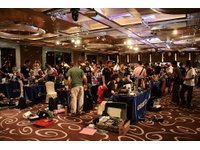
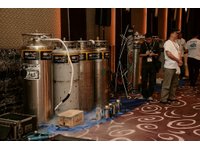
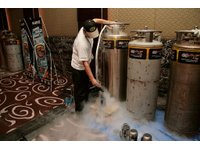
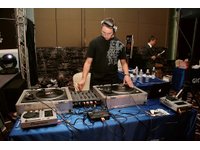
There was also a small gallery with a bit of history from Gigabyte’s product lineup, which was previously displayed at the headquarters of Gigabyte Technology on the first floor of the basement. The display showed visitors motherboards introduced by Gigabyte Technology from 1986 to 2008, ranging from the earliest GA-286S motherboard to the latest GA-EP45-UD3P.
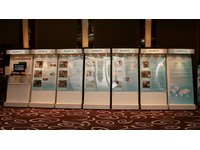
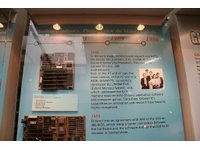
Current page: 23 Teams and 20 Countries Duke It Out
Next Page The Battleground, Continued-
Duncan NZ Bit of a poor article, should of just submitted the article late, and that way you could actually have the two bits people actually care about, chicks AND world records.Reply -
cangelini Duncan NZBit of a poor article, should of just submitted the article late, and that way you could actually have the two bits people actually care about, chicks AND world records.Reply
Duncan,
I'm following up with the folks in TW for a follow-up with the final results. -
Zorg Duncan NZchicks.... AND ...When?Reply
Sorry for the disrespect...not. I like GA, earlier this would have been worth more. Now I want to see the i7, even though I know it's a server chip.
More chicks, sorry I'm a pig.
-
computerninja7823 sorry i just got to say this......more girls! i like the one in the little black dress......Reply -
TauAs Very bad article, even gigabytes press release is better:Reply
http://www.giga-byte.com/News/Motherboard/News_List.aspx?NewsID=1418
and championship has ended almost a month ago. -
salsoolo computerninja7823sorry i just got to say this......more girls! i like the one in the little black dress......who doesntReply -
danimoth17 Just noticed, all the mentions of the Gigabyte boards on display are wrong concerning the GA-P45-UD3 board. You labeled it as a GA-P45-UD3P, which it is not because it has only 1 PCIe 2.0 slot.Reply
There are 3 models
GA-P45-UD3 (shown)
GA-P45-UD3R (different chipset cooler)
GA-P45-UD3P (2 pcie 2.0) -
cangelini danimoth17Just noticed, all the mentions of the Gigabyte boards on display are wrong concerning the GA-P45-UD3 board. You labeled it as a GA-P45-UD3P, which it is not because it has only 1 PCIe 2.0 slot.There are 3 modelsGA-P45-UD3 (shown)GA-P45-UD3R (different chipset cooler)GA-P45-UD3P (2 pcie 2.0)Reply
I'll have the author take a look, thanks!!
